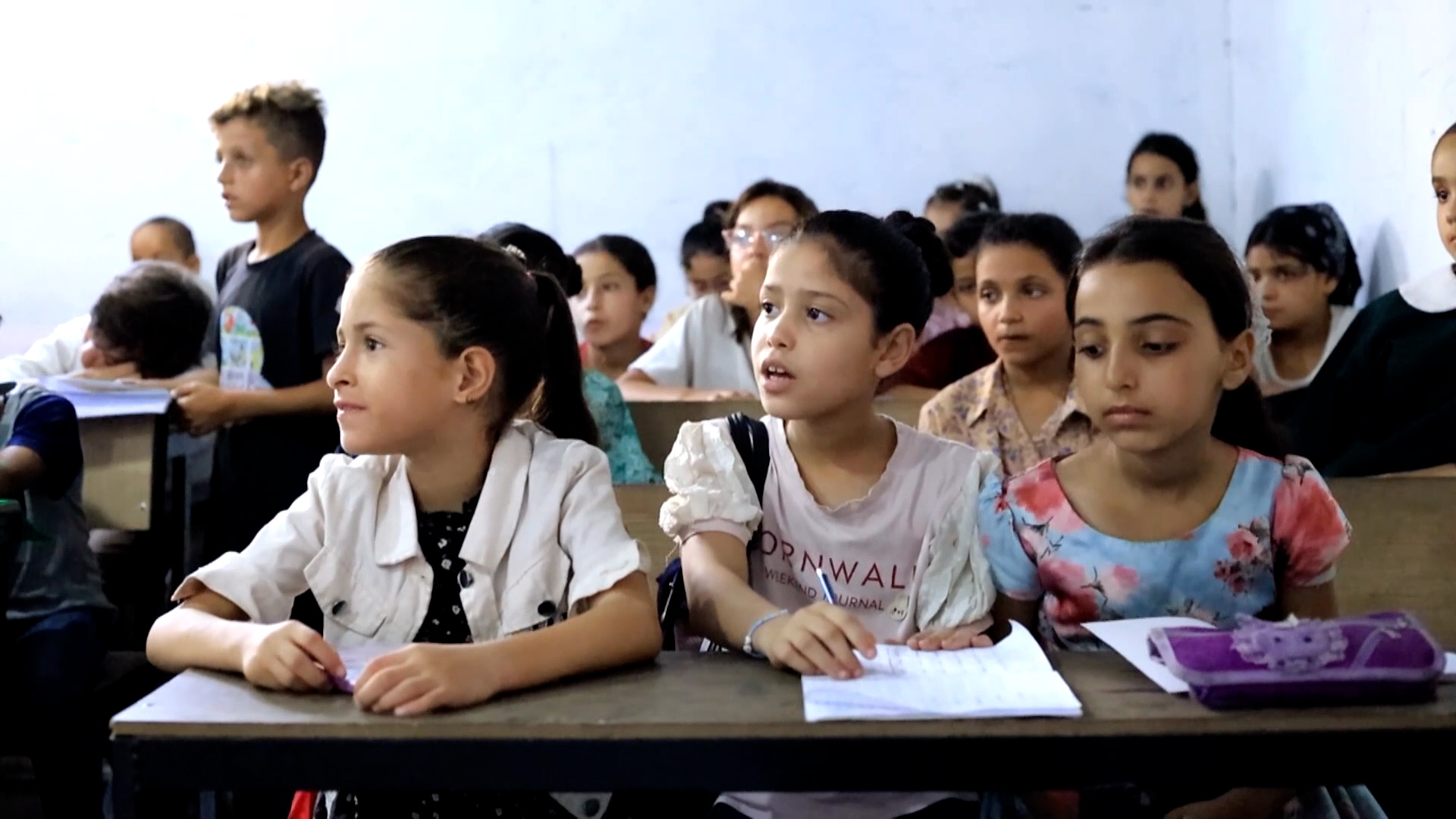Authors: Talal Alhathal and Amir Dhia*
In a dynamic world where higher education is a gateway to opportunity, far too many talented youth remain locked out—trapped behind financial, social, and political barriers. For marginalized and conflict-affected youth, the dream of attending university is often deferred, if not entirely extinguished. Yet, there is a proven solution hiding in plain sight: inclusive, quality and relevant scholarship programs.
Scholarships must not be seen as charity, but as investments in human capital and development in society. Inclusive scholarships do more than fund tuition. They serve as transformative interventions—paving futures and restoring dignity. And for higher education institutions (HEIs), these scholarships can be catalysts for innovation, reshaping the global education landscape.
Overcoming the Persistent Barriers to Higher Education
According to international organizations, millions of young people worldwide face multiple, overlapping challenges that limit access to higher education. Refugees, internally displaced persons, underserved women, students with disabilities, and those from low-income backgrounds often encounter systemic marginalization and underfunding.
Access to higher education opportunities is only the first step. UNHCR signals that 7% of refugees today have access to higher education compared to only 1% in 2019. This is far below the global average of higher education enrollment among non-refugees, which currently stands at around 42%. To achieve the target of 15% enrolment by 2030, UNHCR emphasizes that coordination, commitment and the sustained engagement of a range of partners as well as a focus on HEIs and systems in primary hosting countries will be required.
Tuition fees on the rise remain out of reach for many. Even when financial aid exists, students struggle with hidden costs—transportation, learning materials, digital access, and psychosocial support. In fragile or conflict-affected contexts, political instability and displacement further disrupt educational continuity. For these students, a scholarship can mean the difference between social exclusion and becoming a leader in their community.
One of the biggest challenges in scaling scholarship programs is sustainable financing. Traditional donor-driven models, while foundational, are insufficient on their own. According to UNESCO, an alarming potential loss of US$21 trillion—equivalent to 17% of global GDP—could occur in lifetime earnings for students due to escalating education inequities, learning poverty, and loss of learning opportunities. Hence, innovation in how scholarships are funded, sustained, and delivered is becoming paramount. Blended finance models, cost-sharing mechanisms, and outcome-based funding are key to building effective and resilient partnerships.
Scholarship Programs that Transform Higher Education Institutions
Scholarships significantly ease the financial burden on students and families, particularly in low-income economies and crisis-affected contexts. When this burden is lifted, students are less likely to drop out and more likely to excel. Improved retention, higher completion rates, and stronger academic performance enhance the reputation and competitiveness of HEIs on the global stage.
Inclusive scholarships also foster diversity and equity in higher education. By supporting underserved communities and individuals, scholarships not only close the access gap but also transform campus demographics and academic discourse. When students from diverse backgrounds thrive, institutions become more representative, socially responsive, and globally relevant.
Moreover, high-quality scholarship programs attract high-caliber applicants who might otherwise be excluded. These students often become some of the most driven and impactful members of their communities and societies. Their presence raises the standard of academic engagement and reinforces a virtuous cycle of inclusion and excellence. Scholarships also support adult learners, foster career mobility, and promote lifelong learning—vital in a world where cross-skilling and adaptability are key to navigating complex futures.
For HEIs most compellingly, scholarships drive innovation. With more diverse learners come stronger demands for accessible technology, inclusive pedagogy, support services, and flexible learning models. These needs accelerate institutional investment in blended learning, digital inclusion, and universal design. Such advancements of HEIs are also directly aligned with global priorities such as the Sustainable Development Goals (SDGs). A recent research highlights that the successful implementation of the SDGs depends on the existence of well-functioning and capacitated HEIs in every society. It adds that inclusive scholarship programs contribute to the investment in local higher education systems and institutions, strengthening their infrastructure in the host countries.
Stories of Resilience, Ambition, and Transformation
For scholarship programs to be truly impactful, they should also be relevant and designed around the lived realities of the underserved students. A scholarship is not merely a ticket to the classroom—it must serve as a bridge to employability and social contribution. Thus, market-driven higher and tertiary education programs should align to both the needs of society and future trends in workforce.
Facts and feedback from the Education Above All (EAA) Foundation scholarship recipients and alumni show how inclusive and quality higher education scholarships drive positive change. For marginalized and conflict-affected youth, these opportunities are not just financial—they have become lifelines. EAA’s Qatar Scholarship programs, spearheaded by Al Fakhoora Program and in collaboration with key partners, has empowered recipients to access sustainable employment and thrive within society. The programs provide holistic support by covering tuition, ending social isolation, and offering pathways to dignity and opportunity.
In one of EAA’s scholarship programs, for instance, nearly 91% of the recent graduates from top-tier universities found employment within six months of completing their degree studies. The remaining 9% did so within a year. Most graduates now work in fields aligned with their studies, contributing meaningfully to their communities and professions. According to the recipients themselves, these scholarships did more than alleviate financial pressure—they enabled inclusion, ensured access to quality education, and fostered a sense of belonging and equality.
A Call to Action
We are at a pivotal moment. Global displacement is at an all-time high. Conflict, climate change, and economic inequality are creating new education emergencies. If we fail to act now, we risk consigning generations of youth to exclusion and despair. But there is another path. We can choose to invest in the futures of those left long behind. The impact is proven, the means exist, and the moral imperative is undeniable.
Over time, inclusive scholarships do more than serve individual students—they create ripple effects. They enhance the institutional reputation, strengthen the social contract between universities and communities, and even empower the scholars to contribute to the advancement of society through civic engagement, peace and global citizenship, and intergenerational mobility.
No single actor can do this alone. Real impact requires coordination across borders and sectors. The private sector, more than ever before, also has a critical role to play—from tech companies enhancing digital access to employers offering internships and job opportunities. The future of work is global, and so must be the response to educational inequality.
EAA continues to advocate with the global higher education community and beyond for inclusive, quality-driven, and scalable scholarship solutions. EAA has pioneered multi-stakeholder collaboration, bringing together UN agencies, development banks, universities, philanthropic organizations, and local governments to co-fund scholarship pathways. These models are scalable, replicable, and demonstrate that with institutional will and strategic partnerships, solutions are within reach.
*Amir Dhia is the Technical Manager of Higher Education at the Education Above All (EAA) Foundation. His career spans over twenty-five years of global experience in the private, public, non-governmental, and state institutions. He has held several senior executive positions internationally, including Advisor, Dean, and Director General, contributing to the advancement of higher and executive education, certification institutions, language institutes, and international education partnerships. Amir holds a PhD (summa cum laude), specializing in the Knowledge Society and Diplomacy, along with a number of designations in leadership, management, and business development.
About the Education Above All (EAA) Foundation
The Education Above All (EAA) Foundation is a global foundation established in 2012 by Her Highness Sheikha Moza bint Nasser. EAA Foundation aims to transform lives through education and employment opportunities. We believe that education is the single most effective means of reducing poverty, creating peaceful and just societies, unlocking the full potential of every child and youth, and creating the right conditions to achieve Sustainable Development Goals (SDGs).
Through our multi-sectoral approach, unique financing models, focus on innovation as a tool for social good, and partnerships, we aim to bring hope and real opportunities to the lives of impoverished and marginalised children and youth. EAA Foundation is comprised of the following programmes: Educate A Child (EAC), Al Fakhoora, Reach Out To All (ROTA), Silatech, Protect Education in Insecurity and Conflict (PEIC), Innovation Development (ID) and Together project.













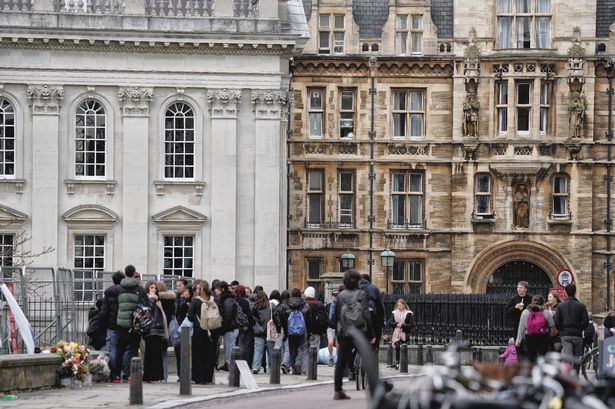








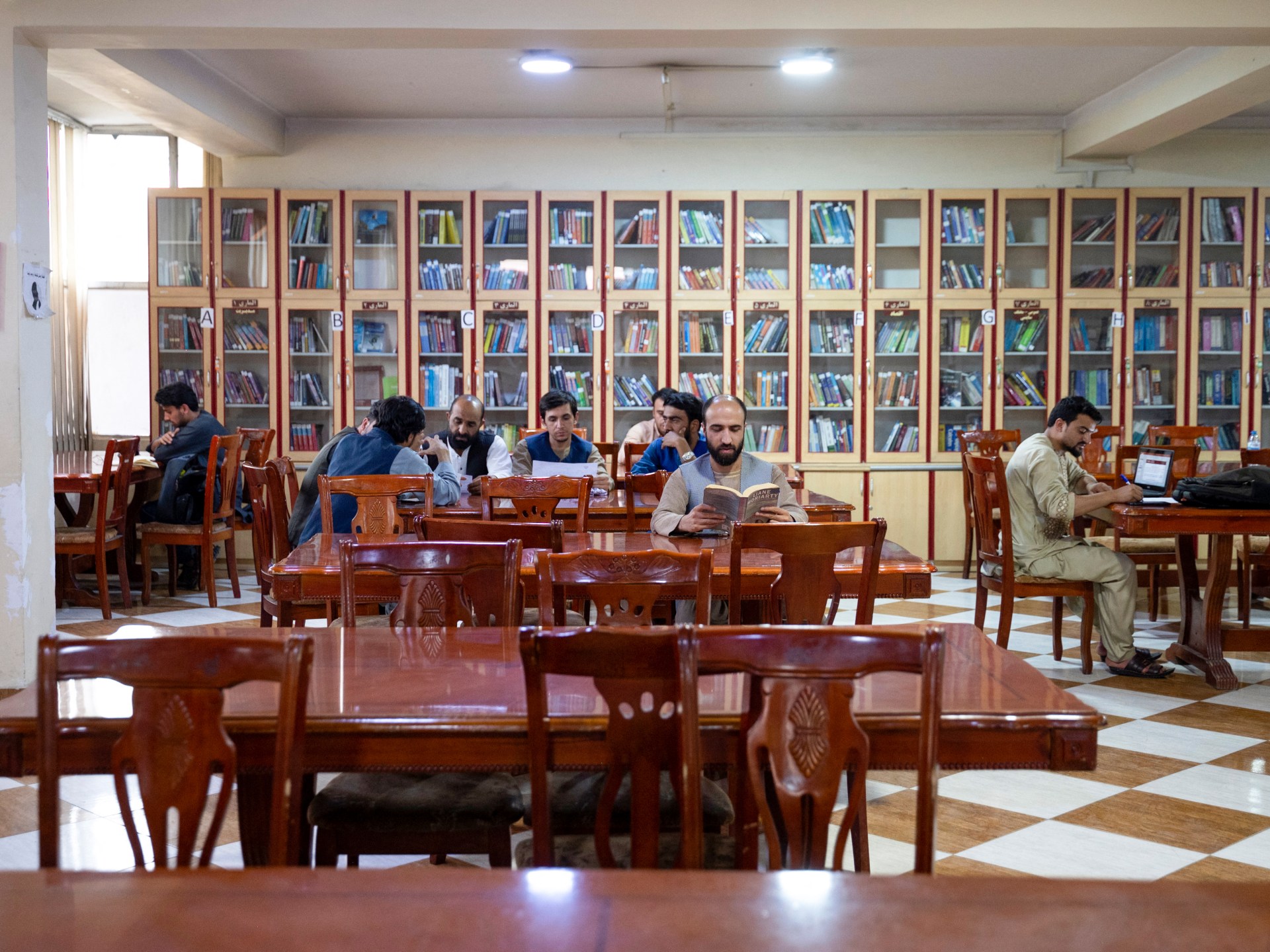





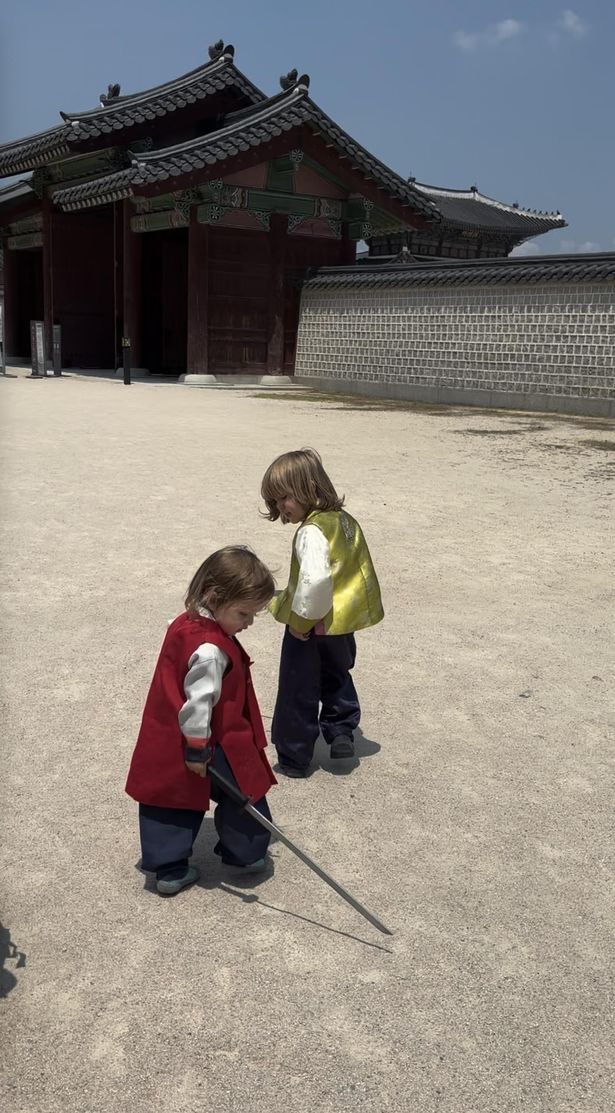

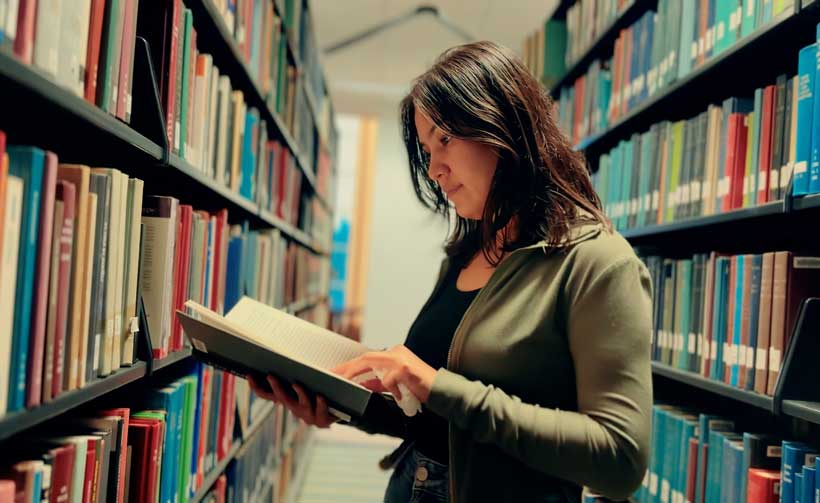
















![Palestinians displaced by the Israeli military offensive take shelter in a tent camp, as Israeli forces escalate operations around Gaza City, in Gaza City, September 2, 2025. [Dawoud Abu Alkas/Reuters]](https://www.aljazeera.com/wp-content/uploads/2025/09/2025-09-02T065323Z_1553299967_RC2HJGAX8JGB_RTRMADP_3_ISRAEL-PALESTINIANS-GAZA-1756817062.jpg?w=770&resize=770%2C490&quality=80)
![Mourners stand next to the bodies of Palestinians killed in overnight Israeli strikes, according to medics, during the funeral at Al-Shifa Hospital in Gaza City, September 2, 2025. [Dawoud Abu Alkas/Reuters]](https://www.aljazeera.com/wp-content/uploads/2025/09/2025-09-02T083339Z_868352862_RC2HJGAUE9BT_RTRMADP_3_ISRAEL-PALESTINIANS-GAZA-1756805226.jpg?quality=80)
